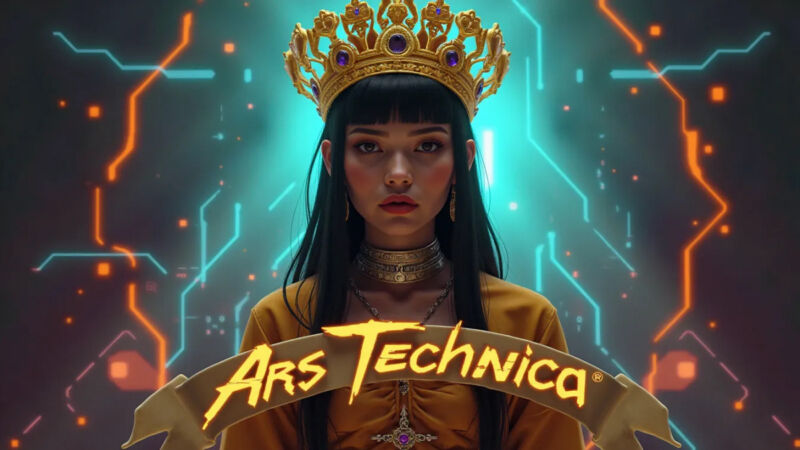

Enlarge / An AI-generated example of the Cyberpunk 2077 LoRA, rendered with Flux dev.
Last week, a hobbyist experimenting with the new Flux AI image synthesis model discovered that it's unexpectedly good at rendering custom-trained reproductions of typefaces. While far more efficient methods of displaying computer fonts have existed for decades, the new technique is useful for AI image hobbyists because Flux is capable of rendering depictions of accurate text, and users can now directly insert words rendered in custom fonts into AI image generations.
We've had the technology to accurately produce smooth computer-rendered fonts in custom shapes since the 1980s (1970s in the research space), so creating an AI-replicated font isn't big news by itself. But a new technique means you could see a particular font appear in AI-generated images, say, of a chalkboard menu at a photorealistic restaurant or a printed business card being held by a cyborg fox.
Shortly after the emergence of mainstream AI image synthesis models like Stable Diffusion in 2022, some people began wondering: How can I insert my own product, clothing item, character, or style into an AI-generated image? One answer that emerged came in the form of LoRA (low-rank adaptation), a technique discovered in 2021 that allows users to augment knowledge in an AI base model with modular add-ons that have been custom-trained.

No comments:
Post a Comment